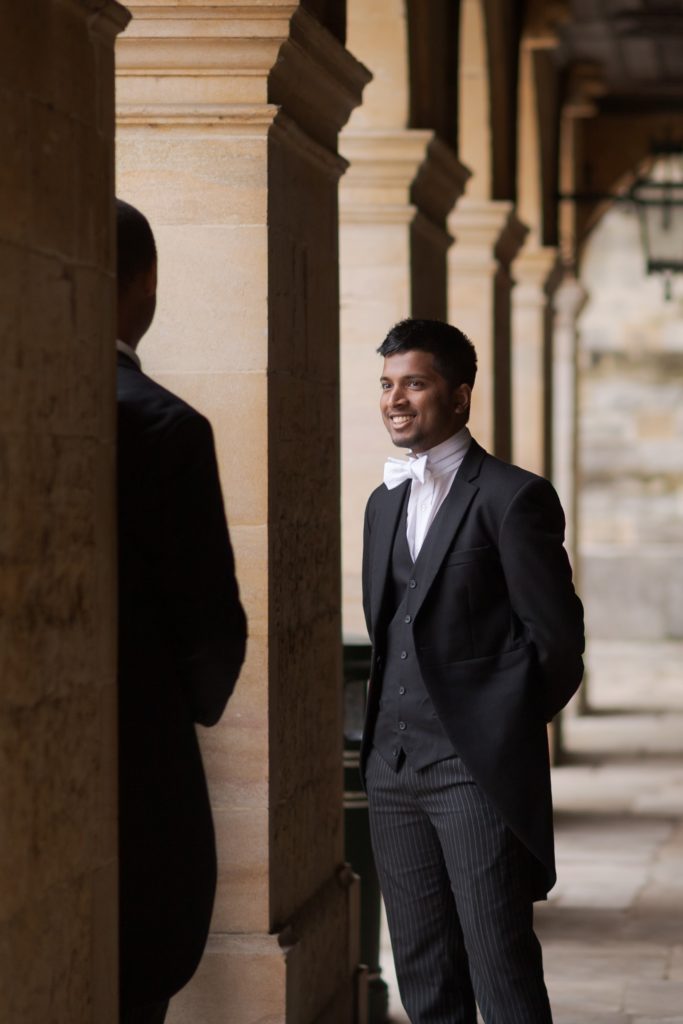On a typical piece of homework, pupils answer most questions correctly, make a few minor errors and get the wrong end of the stick once or twice. ‘Going through’ homework collectively, therefore, leaves a majority twiddling their thumbs until their specific query is addressed. Even worse, pupils might take a cursory glance at their mark (and the mark of the person next to them), stuff the work into their folder and never look at it again. The effort and time given to mark their work might result in no engagement by the pupils and, crucially, no progress based on that feedback. To improve this situation, I have devised what I have named ‘The Guru Method’. This involves the whole class in a collaborative session in which we aim to master a particular set of questions. This approach relies on the idea that at least one member of the group will have correctly answered each question. Moreover, the method is likely better suited to the sciences and maths where a ‘model solution’ can be more easily agreed upon; however, with certain adaptations the premise of this can be used in other disciplines.
How does it work?
In a typical piece of homework for physics there will be five problems for pupils to solve. Once the pupils have completed the homework and it is time to get feedback, blank sheets of A1 are distributed around the room labelled Question 1-5, and marked work is returned. The instruction to the group goes along these lines: ‘If you think you have nailed Question 1, take yourself over to the Question 1 A1 sheet and present a neat, clear and concise model answer. You will become the Question 1 Guru. If you would like to discover why you have gone wrong on Question 1, you should consult the Guru’. The same applies to the remaining questions. Pupils now distribute themselves around the room, either presenting their own work and explaining it to others; or trying to figure out where they went wrong and how to improve their answer with the help of the resident Guru. The role of the teacher here is to ensure that there is some circulation. The same pupil might present a model answer to Question 2 and then move on to discuss Question 4. After a twenty-minute session, pupils will have had the chance to correct their mistakes, improve the detail of their answers and explain some of their own work. ‘Go and consult the Guru,’ I might say to a line of keen pupils waiting to hear the answer straight from my lips rather than their peers. Again, more pupils are gainfully occupied for longer, leaving the teacher free to circulate and make sure the ‘model’ solutions going down on the big sheets really are just that!
Where next?
The question remains: are pupils taking the feedback process seriously? At present, the method relies on their innate conscientiousness while making the feedback process more active and engaging. Pupils genuinely enjoy becoming a resident expert, albeit on a section of a single homework. This, however, still means that they develop self-efficacy: they strengthen their belief in their ability to master something, even if not everything. An extension of the method might be to take in pupils’ work for a second time, after they have had the opportunity to consult the Gurus. They would receive a second mark and feedback reflecting how effectively they were able to make corrections in school. This approach would inevitably involve more work for the teacher but could encourage pupils to take ownership of their own work and add an incentive to address the mistakes they made on first attempt.



